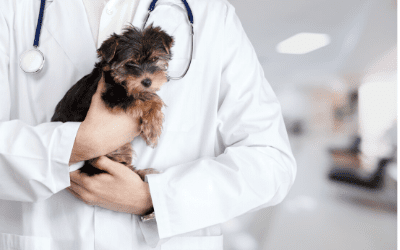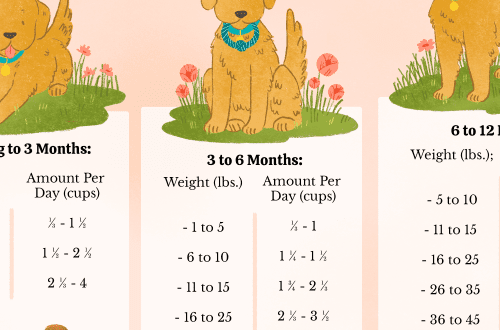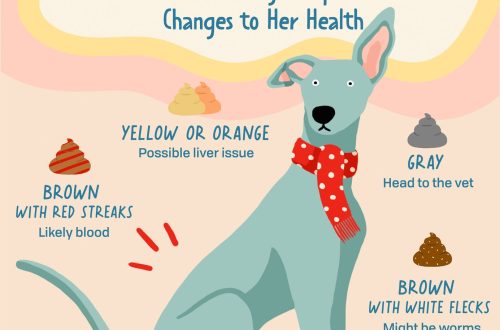
Your dog and veterinarian
Sooner or later, your dog will have to go to the veterinarian for regular checkups, vaccinations, or in case of illness or injury.
A trip to the veterinarian can be stressful for a dog. She will have to face new unfamiliar surroundings, smells, sounds, people and animals. But following simple rules will allow you to visit the veterinary clinic without stress for you and your pet.
Be sure to walk your dog well before going to the doctor. Your dog will be able to empty his bladder, which will make it less likely that he will do so in the clinic. Also, your dog will be more calm and obedient if there has been physical activity before.
Use a carrier
If your dog is small enough, you can take him to the clinic in a carrier, even if he usually behaves very well on a leash. The carrier ensures that the dog does not start biting out of fear and does not try to run away. Also, the carrier will protect your pet from other active patients of the veterinary clinic. Finally, if the dog is not feeling well or is lame, a carrier will make it easier to get to and from the clinic.
If you’re going to use a carrier, be sure to put some kind of padding inside. It’s a good idea to use old clothes that smell like you. Your dog associates you with a sense of security and comfort, so your scent will be soothing to him.
While waiting in the waiting room, supervise and reassure the dog. While she may be thrilled to get to know other animals, it’s best to keep her close to you or on your lap. Be sure to pay attention to the dog, stroke it and talk to it, this will help it to remain calm.
Offer your help
When it’s your turn, ask your vet to let you hold your pet. However, remember that the doctor and nurses have a lot of experience dealing with frightened and stressed animals and know how to act in order not to harm the animal and not get hurt themselves. So do not worry – your pet is in safe hands.
Veterinary clinics can be very crowded, and if you need extra time to talk with a doctor, make an appointment in advance. Plan a longer visit or avoid peak hours if possible. The greatest workload for doctors is noted in the early morning or in the evenings, when people are not working.
Take your dog to the veterinarian regularly for routine checkups and weighings. This will not only allow her to get used to such communication, but will also enable the veterinarian to get to know your pet better. The more often the veterinarian sees your dog, the better he can take care of him and the more he will know about his needs.





